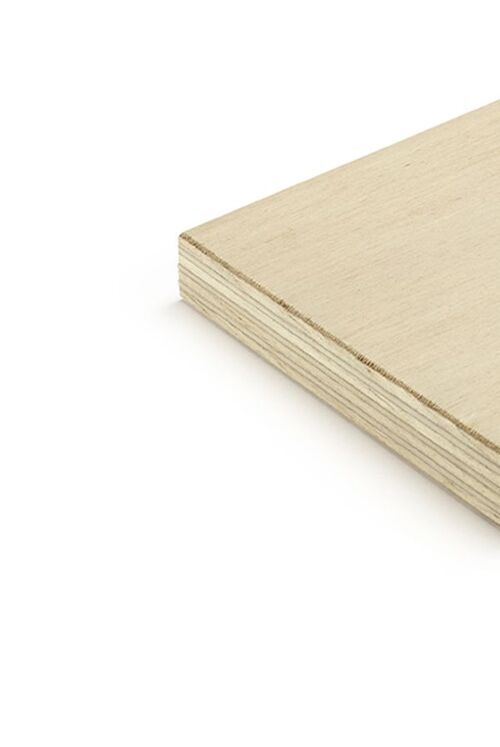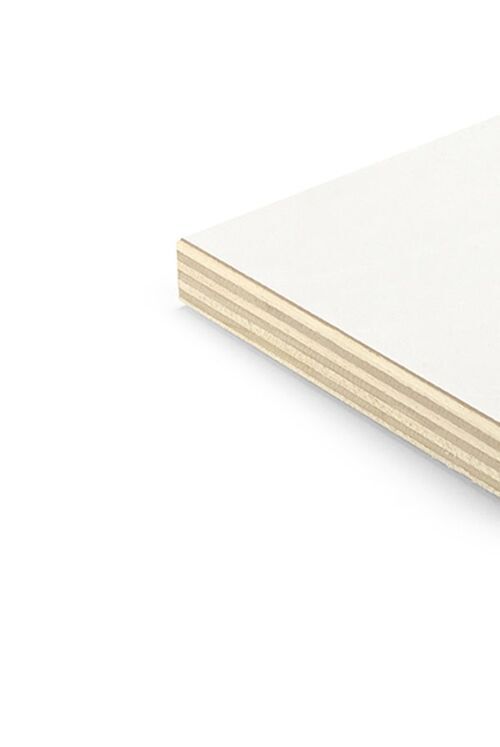Modular homes have “become fashionable” thanks to their quick delivery, adaptability to the landscape, and environmental friendliness. Woodville is responding to this demand with mobile homes called mohma, which use Garnica products, materials and wooden panels.
It’s no secret that the pandemic significantly changed everyone’s lives, and housing construction is no exception. Modular homes have become popular in the wake of this health crisis. The boom in their popularity is due to the many advantages they offer over traditional homes, such as high energy efficiency, control and simplicity throughout the process, which speed up delivery times, the use of natural and sustainable materials, and their adaptability to all places with minimal prior installation, thereby instilling a new concept of simplicity and contact with nature.
Woodville was created out of a desire to respond to this trend and meet the current demand for sustainable dwellings in nature like eco-hotels, rural hotels, glamping sites, and homes. It specializes in designing and building these kinds of mobile, sustainable, modular, and wooden dwellings, the first model of which was given the name mohma. It’s an innovative, industrially manufactured product, created under the Passive House criteria to achieve maximum energy efficiency with the potential to be self-sufficient. Moreover, nationally and internationally renowned Spanish architects Fernando Oiza and Patxi Mangado, founder of Arquitectura y Sociedad, designed them.
To achieve such a high-quality product, the materials used are extremely important. Since wood is the primary component used in manufacturing mohma, Garnica’s range of plywood products meets all the requirements for this kind of construction: durability, thermal insulation and soundproofing, lightweight, ease of machining (which results reduces both time and cost), treatment for outdoor use, and above all, sustainability throughout the manufacturing process and use of materials from Europe.
Thus, thanks to its freedom and flexibility, typical of industrialized manufacturing, Woodville offers a design proposal in three sizes, 20.4m2, 32.8m2, and 45m2 of habitable floor area: perfectly adaptable to the surroundings and the needs of each client.
With a maximum capacity of eight people, mohma can serve as a tourist accommodation in nature and as housing. Thanks to the lightweight nature of the materials, they are carried on a truck for later assembly and installation, ensuring minimal changes to the terrain. One of the principal needs of mohma, in addition to achieving maximum panel yield with minimum waste, was having lightweight and resistant materials. To that end, Woodville used the following Garnica products:
- On the façades and interior frameworks, they used the G-Brick line of energy-efficient and insulating structural panels.
- The exterior façade was covered with Duraply panels, thanks to their treatment that protects against fungi and xylophagous insects and their exceptional durability in outdoor use.
- For the interior covering, Performance Poplar panels with a laminate finish offer high resistance to scratches and impacts.
- The joints between panels require a versatile material like the 100% poplar-based Efficiency Poplar panels.
- Elegance Maple, a combination of a light poplar core and natural maple faces, was used for the flooring.
- For the covering and flooring of damp spaces, the Duraply range has been used due to its treatment against moisture. They were also finished with decorative laminates.
- Lastly, the furniture and cabinet doors were again made with laminate-finish Performance Poplar panels.
Thanks to all of these factors and components, Woodville is changing how homes are conceived and produced, making these spaces more sustainable, ecological, and communal, where people can enjoy maximum comfort and minimal consumption with nothing to worry about. Relaxing moments and a place where you can connect with yourself in nature.




